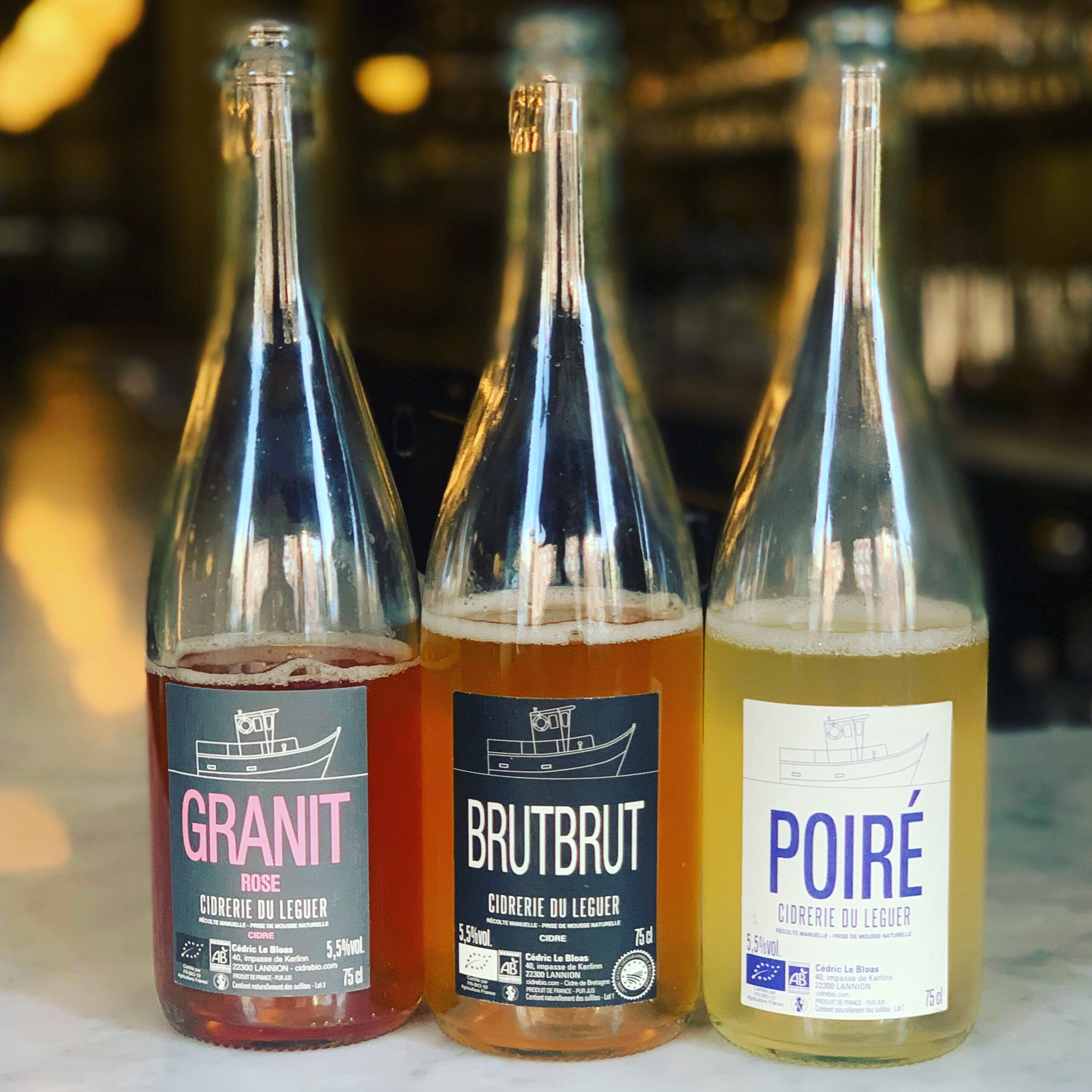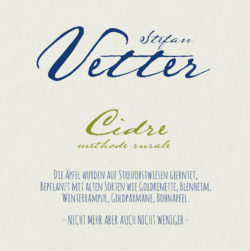And other questions for people interested in fruits grown on trees…
Yes, one of the more entertaining moments of our trip to Germany in August was sitting with Stefan Vetter, tasting through his just beautiful range of ciders, when we came across something he described as “Service Tree.”
John and I are far from cider experts, but still, this was hardly our first cider-rodeo. But there we were, all of us looking at the other person expecting someone to explain this to someone. John and I traded blank stares for a while; Stefan looked pained, as if he had just insulted us by even mentioning “Service Tree,” or “Speierling” in German if you prefer.
So we went to Google, our trusty external brain: The apparent translation for “Service Tree?”
It’s “Service Tree.”
So what in the hölle is “Service Tree?”
Turns out it’s, well, a tree – “sorbus domestica” if you prefer the Latin. Native to central and southern Europe, in many ways it’s similar to an apple tree – sorta looks like an apple tree. The fruit is a bit smaller, but in many ways it looks similar. The cider it makes is a bit more austere, a bit more tannic and grippy perhaps than your average apple cider. In terms of our taxonomy however, we’re still in the “pome” family, right there with apples and pears.
All this as just another important reminder: Humans ferment a hell of a lot more than just grapes.
So that’s our theme. Yes, the grand cliché is ciders in the fall, though to our minds, fall, winter, spring and summer are the best times of year to indulge in the world of fermentation beyond the grape. So today we present a mind-twisting lineup from France’s extreme northwest, the wild Bretagne of our hero Cédric Le Bloas of Cidrerie du Léguer, and of course a few rare treats from Stefan Vetter’s curious Franken.
With these two singular growers, we explore more than 15 varieties of apples, a couple of versions of pears, one quince bottling, some blackcurrants and some hops too just to make this as confusing and delicious as possible.
Every cider or cider-like fermented beverage listed below is freshly arrivée, in stock, ready to be opened and consumed. They are all farmed organically and in general are superb beverages; Cédric’s ciders are absurdly priced honestly.
Tasting notes, rough retail pricing and expertly crafted pairing notes, etc. all below.
Service Tree allocations will be given out based solely on the quality of poems written to sorbus domestica. Please don’t try and just order the Service Tree willy-nilly, like you’ve always just loved sorbus domestica and this is no big deal. All of a sudden, we love Service Tree and are trying to hoard it all for ourselves.
If you need help finding anything, or if you simply want to tell us your favorite sorbus domestica story, email orders@vomboden.com
 Bretagne: Cidrerie du Léguer
Bretagne: Cidrerie du Léguer
NV Cidre Granite Rosé – $18
Produced from the “Granit,” Cédric harvests earlier in summer black currants which he ferments separately and adds just before bottling. This delicate dose of cassis adds a light, crushed-berry color and a tart edge to the palate, a touch of algae and anise, an added bounty of fruit to the nose. Sure, it’s fall and autumn is a great time for ciders – though I dig this in winter, spring and summer too.
NV Cidre BrutBrut – $16
This is the driest and most biting of the ciders – it’s so pure and energetic, refreshing. This is superbly drinkable. Slight reduction and barnyard upon opening, gentle effervescence and fine structure.
NV Cidre Granite – $16
NV Cidre Granite (12 x 330ml) – $7
This is a single-parcel cuvée comprised of an amalgamation of apples: sweet/fruity, crab, bitter-sweet and acidic. This is the first parcel from which Cédric ever produced a cider back in 2015 – it’s a bit more textural and pushing than the “BrutBrut” – it’s rustic and full and can be paired with turkey or whatever. The 330ml single-serving bottles can be paired with nothing and no one, avoiding family, etc. while you pretend to watch the game. Only problem is very low alcohol content.
NV Cidre Tempet – $18
This is beautifully well done, because it’s subtle!!! There is a dash of added hops here, integrating into the cidery notes so that it’s almost like adding a bass to the already-present note of the cello, or cello to violin if you prefer – either way Cédric is just adding a herbal textural note, a certain warming spice to this lovely cider. Pair with turkey, grouse hunting, relaxing with friends or relaxing without friends.
NV Cidre Premium – $16
Cédric’s top cider is made with roughly three-quarters highly acidic and astringent apples. He crushes these, allowing them to macerate with the pomace overnight to quell the overt harshness. The other quarter of the cuvée is made up of fruity, sweeter apples to balance the intensity of the others. Powerful and wildly tannic with chewy, sinewy structure. This is “premium” and it’s still about $16 what the hell.
 Franconia: Stefan Vetter
Franconia: Stefan Vetter
Cidre – $20
This is made of 68% magic so it can solve all your problems. Also, it’s the only cidre Stefan Vetter makes and it’s perfect.
Poiré (Pear) – $32
Poiré is crazy – it’s just so tactile and in your face. Close your eyes and smell a good poiré and you would swear there were slices of a juicy, ripe pear being held under your nose. But there aren’t – that’s the bad news. The good news is there is fermented pear juice in front of you, and it’s slightly alcoholic so that’s even better!
Quitte (Quince) – $32
Vetter’s quince is always super cut – sharp – this is some high-acid, bright and wild-toned juice that smells of lime zest, a super tart cheesecake and other stuff. We have like five cases so I can’t describe it as enveloping as it really is or you’ll all freak out and we’ll have to allocate it like Wasenhaus.
Cidre Speierling (Service Tree) – $32-$1,000+
This is easily among the top 10 Service Tree cidres you’ve ever had. Like an apple cider, but more austere, more tannic and gripping. Pair with turkey, anxiety, extreme joy or sadness and American football games.